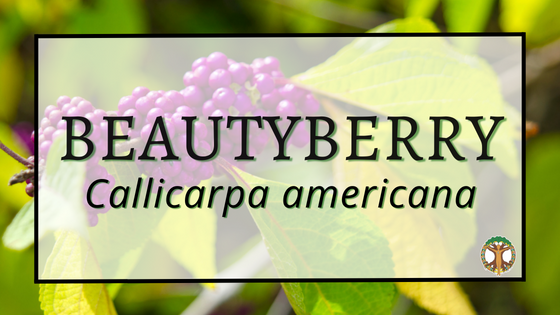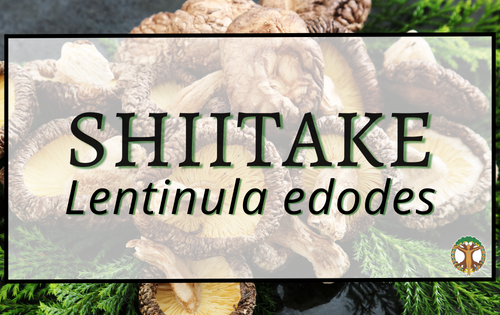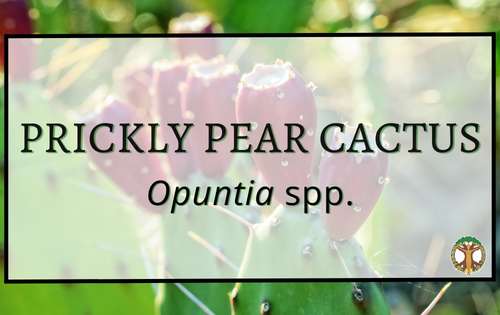
Beautyberry
- Plant of Month profile contributed by Jessica Grandey
Common Names
Beautyberry, American Beautyberry, French Mulberry, Perfumed cherry, ZiZhu
Latin Name Callicarpa americana
Family Lamiaceae
Habitat
American Beautyberry is a native deciduous shrub of the Southern United States which is often grown as an ornamental. It is found growing wild in moist thickets, wet slopes, low rich bottomlands, and at the edges of swamps, in woodland areas, coastal plains, and bottomlands. The flowers are pink to white. The berries are shiny and a very distinct shade of purple. The fruits grow closely together in clusters. It grows wild easily in tropical climates and woodland settings. Beautyberry has a preference for full sun and loose, well-drained soil. In such conditions, a Beautyberry shrub will grow up to 9’ tall and 5’ wide. It is a perennial shrub that does best in USDA zones 7 through 11. Beautyberry will also grow in partial shade. Once it is established it can handle a fair amount of drought. It is easily propagated by seeds or cuttings and is easy to care for.
Parts Used
Whole plant
History/Tradition
Indigenous Americans used a tea of leaves and roots in sweat baths for rheumatism, fevers, and malaria. Root and berry tea has been used for colic. Root tea has also been used for stomach aches and dysentery. Early 20th-century farmers placed crushed beautyberry leaves beneath the harnesses of their horses and mules to repel bugs. In Traditional Chinese Medicine, beautyberry has been used for its astringent properties to slow down or stop bleeding in the stomach and lungs. Some folks would crush up leaves and sprinkle them in a fishing hole to stun and catch as many fish at once.
Energetics
Flavor: Bitter
Temperature: Cooling
Moisture: Drying
Tissue State: Astringent
Indications
Digestive issues, Colic, Irregular Bowel, Dropsy, Inflammation, Rheumatoid Arthritis, Edema, Gout, Mild Rheumatism, fever, Malaria, Dysentery, Stomach Ache, Colic, Acne, Reflux, Herpes, Candida albicans. Currently, there is research into the efficacy of beautyberry in treating cancer and memory loss as well.
Systems
Digestive, Immune, Integumentary
Actions
Diuretic (root bark) Anthelminic, Anodyne, Antibacterial, Antifungal, Astringent, Anti-inflammatory, Antioxidant
Nutrition
Beautyberry is high in vitamins and minerals like vitamin C. It is high in carbohydrates and fiber. There are also rich antioxidants that give the berries that bright color.
Cautions
Avoid eating too many raw berries, it can cause stomach problems. The leaves may cause allergic reactions in some people.
Constituents
Callicarpenal, Intermedeol, Spathulenol, Carnosol, Humulene epoxide II, Alpha-humulene, 7-epi-alpha-eudesmol, Beta-pinene, 1-octen-3-ol
Culinary Use
The berries are made into wine and jelly most commonly. They are very astringent, but combined with sugar in recipes the flavor is floral, interesting and tasty. The flavors also mellow when cooked or boiled. Beauty berries are great in sorbet, as gelatin, and as an ingredient in meat sauces. The berries also make a tangy and tasty tisane with citrus notes. The flavor has been compared to hibiscus. The growing environment determines the nuances of flavor found in the berries.
Magick
Element: Water
Zodiac Signs: Scorpio
Planet: Venus
Magic: Beautyberry leaves added to charms can keep away pests. An infusion of the berries can be used topically in glamours, beauty, and luring spells.
Other Uses
The berries are an important survival food for birds and other animals, though they will not eat them until well into winter when other sources are depleted. They will even eat them when the berries are dried and shriveled. Whitetail deer love eating the foliage. The flowers are popular with pollinators. The leaves can be rubbed on skin and clothes to repel mosquitoes and can be used in repellant formulas. Beautyberry has been used topically for clear skin.
References:
https://sundwitch.tumblr.com/post/121306510544/local-common-floridian-plant-correspondences-1/amp
http://www.eattheweeds.com/beautyberry-jelly-on-a-roll/
http://www.batladyherbals.com/2018/07/beautyberry.html?m=1
https://www.tyrantfarms.com/how-to-use-american-beautyberries-as-food-and-mosquito-repellent/






